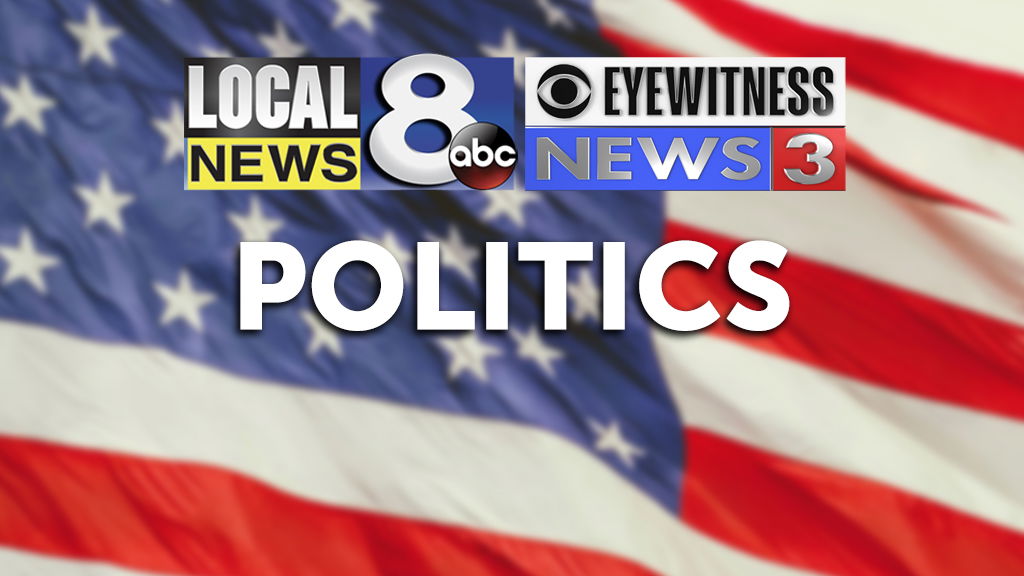Secret Service director says putting agency in charge of security ahead of Capitol riot could have allowed for more resources

The US Secret Service director, testifying for the first time in public since the January 6 insurrection, told members of Congress on Thursday that putting his agency in charge of security preparations prior to the attack would have helped to better protect the Capitol.
But agency director James Murray also acknowledged additional precautions could have been taken regardless of who was in charge.
Federal officials have faced widespread criticism and scrutiny over their lack of preparedness prior to the attack and evidence they missed warning signs that appeared on social media sites in the days leading up to the riot.
Although US Capitol Police is primarily responsible for security at the Capitol Building, the presence of Vice President Mike Pence at the January 6 certification of the Electoral College vote involved the Secret Service in security preparations. Had the count been declared a National Special Security Event, a designation used by the Department of Homeland Security for events such as the President’s State of the Union address, the Secret Service would have been in charge of security.
“Obviously, what happened on January 6 was abhorrent, it was an attack on our democracy, and we in law enforcement don’t want to see it happen again,” Murray told House Appropriations Homeland Security subcommittee members. “I welcome those conversations and I imagine those are, those are forthcoming.”
Rep. Lucille Roybal-Allard, a California Democrat, asked Murray how the January 6 riot has impacted the agency’s operations, posture, and if it has prompted the agency to reevaluate if certain events, such as certification of the Electoral College votes, should be considered a NSSE.
Murray said designating the January 6 vote count an NSSE would have put the Secret Service firmly in charge of security and more security measures would have been seen around the Capitol, though he acknowledged that such a designation is not necessarily needed to increase security.
Murray said the largest benefit of a NSSE designation — which allows for enhanced cooperation of local, state and federal partners in establishing security for a specific event — is that it provides for a significant amount of time for planning. However, he noted that law enforcement agencies held several meetings about the rally.
“I’m aware that in mid-to-late December, a lot of the agencies here — to include US Capitol Police, Secret Service, Metropolitan Police Department — they were involved in pre-coordination meetings about what could happen in the National Capital Region on January 6,” Murray said. “I think there were more than half a dozen of those meetings.”
But, Murray said, had the event fallen under the NSSE designation, substantially more security would have been available.
“Obviously I’m aware that (former US Capitol Police Chief) Steve Sund testified not too long ago up there, and I’m also aware that one of the things he conveyed is that, you know, he would have preferred to have had more, more people, more resources, more fencing to be able to effectuate and push out his perimeter,” Murray said. “Had it been established to be an NSSE, that’s one of the things you would have seen. You would have seen more people. You would have seen more perimeter fencing. You would have seen more resources.”
Murray said the agency conducted a review following the riot but provided little detail regarding how the events have changed operations and posture.
Murray says agency must be better trained for civil disturbance
Murray also said the agency continues to invest in gathering information from open source platforms — such as public-facing social media postings — as part of its focus on bolstering its intelligence capabilities to track possible threats and that there are some “critical needs, writ large, with regards to protection.”
“One of those being some of those experiences we’ve had over the past year with regard to civil disturbance,” Murray said in response to a question from Roybal-Allard about his resource needs.
“We’ve found that we did not have enough of our folks trained in civil disturbance. We did not have enough equipment.”
One project Murray advocated for several times during the hearing: A model White House for training.
“Operationally, construction of a White House training facility would be a game-changer for this agency and would also enhance national security across the board,” he said.
Murray also addressed the ride that Secret Service agents provided for President Donald Trump outside Walter Reed Hospital last fall while the then-President was recovering from Covid-19. Murray said there was an “extensive conversation” with “medical professionals” ahead of the drive past supporters.
“Ultimately, the decision was that it could be achieved” in a safe manner for the Secret Service agents charged with protecting Trump, Murray said in his testimony.
Murray said the agency cannot decide if an action is a good idea, only if it is feasible.
“There was extensive conversation about that with the medical professionals, the White House medical unit, and the medical professionals at Walter Reed,” Murray said. “Ultimately, the decision was that it could be achieved,” adding that the two people in the car with the former President were wearing protective gear similar to that of medical professionals.
CNN previously reported the ride was an image concocted by the President himself and the very tight group of aides who accompanied him to the medical center, including chief of staff Mark Meadows and social media adviser Dan Scavino.
Afterward, members of the Secret Service voiced concern for agents’ safety. Agents tested positive for the virus while traveling for the Trump’s political rallies, which he insisted on holding even against federal health guidelines. As employees self-quarantined or isolated in place, others had been forced to work longer hours to fill the void.
